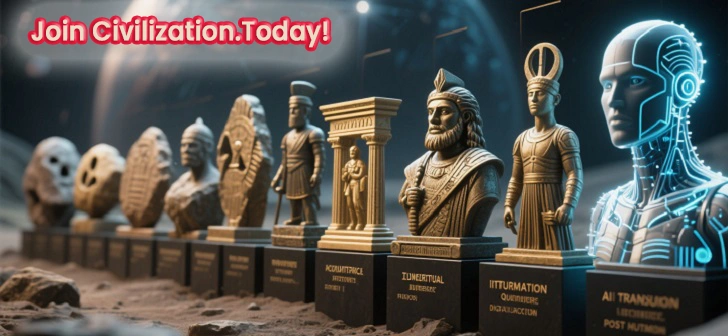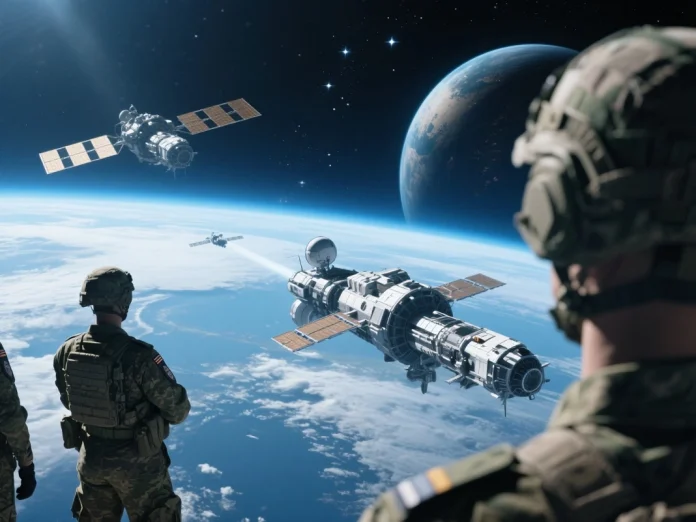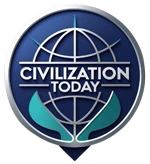Throughout history, warfare has evolved in response to technology, politics, and society. One of the most significant transformations in military history is the rise of professional armies. Unlike temporary militias or citizen-soldiers who only fought when called upon, professional armies emerged as permanent, specialized forces trained to fight year-round. This shift fundamentally reshaped the way wars were fought, how empires were built, and how nations maintained power.
In this article, we’ll explore the fascinating journey from ancient militias to modern standing forces, uncovering why professional armies became a cornerstone of statecraft and global dominance.
Citizen-Soldiers: The Origins of Military Service
In the earliest civilizations, most armies were composed of citizen-soldiers—farmers, craftsmen, or merchants who temporarily took up arms during times of conflict. The Greek hoplites and Roman legions in their early years were prime examples. Service in these armies was often seen as a duty of citizenship, closely tied to political rights and responsibilities.
The strengths of citizen-soldier armies lay in their numbers and civic pride, but they also had weaknesses. Seasonal warfare meant these armies could not be maintained for long campaigns. After the harvest season ended, men needed to return to their farms and families, making sustained conquests difficult.
The Turning Point: Rome’s Transition to Professional Armies
The Roman Republic provides a critical case study in this transformation. Originally, Roman legions were made up of land-owning citizens. However, as Rome expanded and wars became longer and more distant, this system became unsustainable.
The Marian Reforms of 107 BCE marked a turning point. General Gaius Marius allowed landless citizens to enlist, creating a professional army loyal not to the Republic, but to their generals who paid and rewarded them. Soldiers now received regular training, equipment, and salaries, effectively making warfare a career.
This new system increased Rome’s military power but also created political instability. Generals with loyal armies—such as Julius Caesar—were able to challenge the state itself. Thus, professional armies both strengthened and destabilized the Roman world.
Medieval and Early Modern Shifts: From Knights to Mercenaries
During the Middle Ages, the feudal system relied heavily on knights and levied peasants. Armies were temporary, raised by lords and vassals for limited campaigns. However, as kingdoms grew, rulers needed more reliable forces.
The use of mercenaries became widespread in Europe. Swiss pikemen, Italian condottieri, and German Landsknechts were among the most feared professional fighters of their time. While mercenaries brought expertise and discipline, they also posed risks: loyalty could be bought by the highest bidder.
The invention of gunpowder accelerated the demand for permanent, trained soldiers. Cannons and firearms required specialized knowledge, making casual militias less effective. Gradually, monarchs began maintaining standing professional armies to ensure readiness at all times.
The Birth of Modern Standing Forces
By the 17th and 18th centuries, professional armies had become central to the state. The French under Louis XIV, the Prussians under Frederick the Great, and the British Redcoats demonstrated the effectiveness of permanent military establishments.
Unlike earlier ad hoc forces, these armies were funded through taxation and organized by centralized governments. Soldiers received standardized training, uniforms, and discipline. Armies were no longer temporary instruments of war but symbols of national power.
This shift also contributed to the rise of the modern nation-state. To maintain professional armies, rulers needed efficient bureaucracies, steady tax systems, and strong central authority—laying the groundwork for modern governance.
The Industrial Era: Mass Armies and Conscription
The Napoleonic Wars showcased a new hybrid model: professional cores supplemented by mass conscription. France mobilized millions of men, demonstrating the devastating potential of combining national enthusiasm with professional training.
During the 19th and early 20th centuries, professional armies became larger, more technologically advanced, and increasingly tied to nationalism. The World Wars showed the scale and destructive potential of such forces. Professional soldiers were no longer just protectors of borders—they became key players in global conflicts that reshaped civilization.
Professional Armies Today: Technology and Global Power
In the 21st century, the concept of professional armies has reached new heights. Today’s militaries rely on highly trained, full-time personnel supported by cutting-edge technology. Drones, cyber warfare, artificial intelligence, and precision-guided missiles are redefining the battlefield.
Unlike citizen-soldiers of the past, today’s professional armies operate year-round, projecting power globally. From the U.S. Army to the People’s Liberation Army of China, standing forces have become essential not just for defense, but also for diplomacy, deterrence, and influence.
Why Professional Armies Matter
The rise of professional armies was more than a military shift—it was a political and cultural revolution. They:
- Stabilized Warfare. Ensuring readiness beyond seasonal campaigns.
- Strengthened States. Creating centralized systems of taxation and governance.
- Influenced Politics. Professional soldiers often became power brokers.
- Shaped Modern Identity. Linking national pride and security with permanent armed forces.
From ancient Rome to modern superpowers, professional armies have defined how nations fight, survive, and thrive.
Conclusion
The story of professional armies is the story of civilization itself. From citizen militias fighting for their farms, to disciplined legions conquering empires, to modern soldiers defending global powers, the shift to standing forces transformed the world.
As warfare continues to evolve, professional armies remain at the heart of geopolitics. They are not just fighters—they are the living institutions that carry the weight of history, security, and national identity.
The next chapter may involve space militarization or AI-driven warfare, but one thing is certain: the age of professional armies is far from over.



